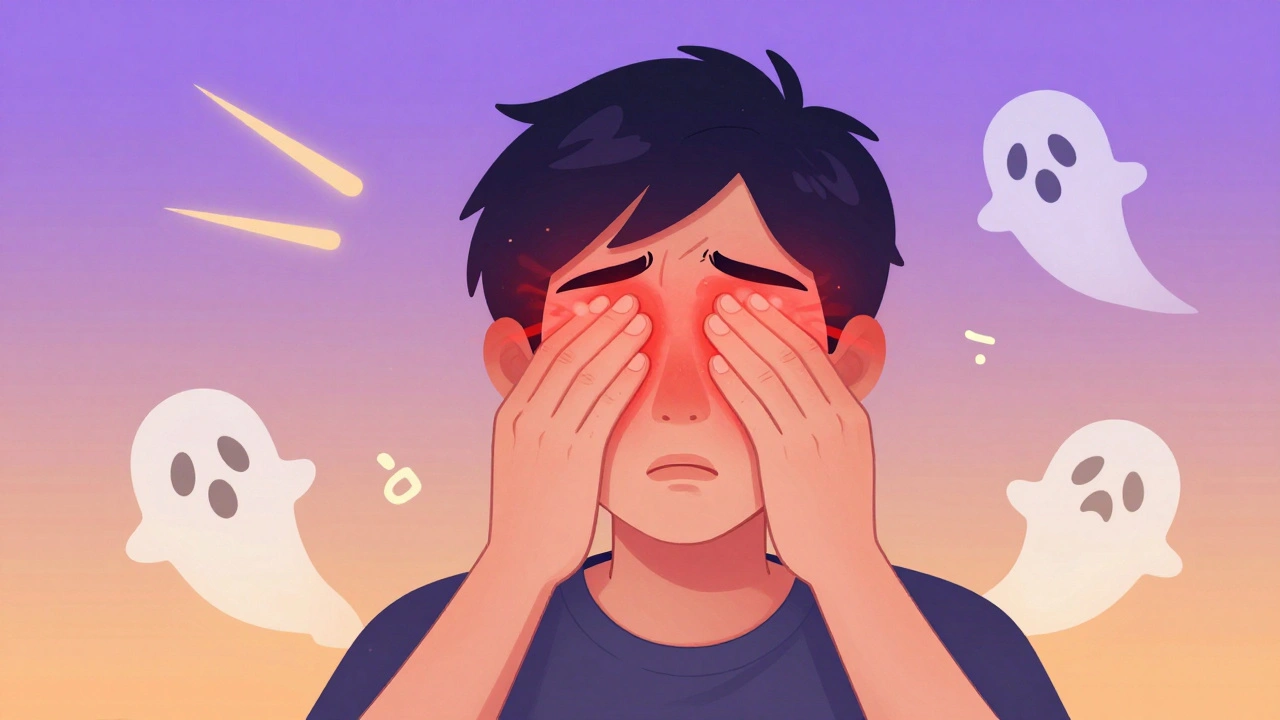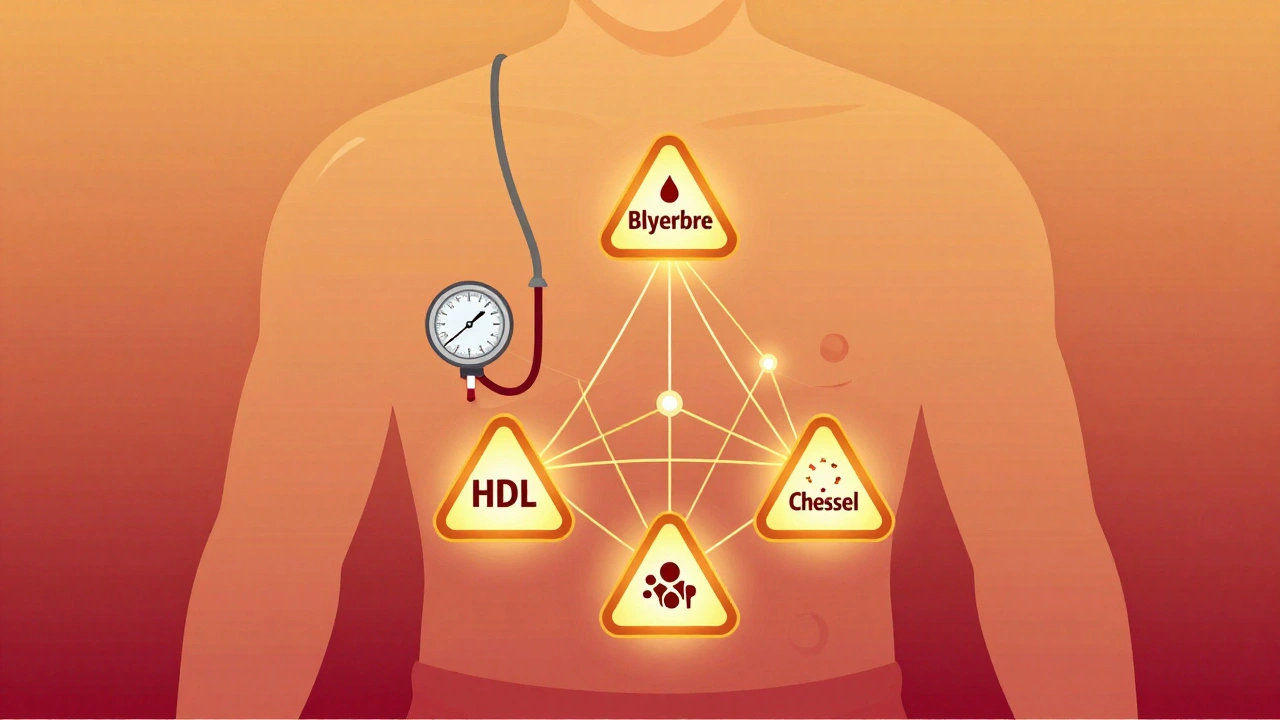Hay Fever: Simple Relief Tips for Seasonal Allergies
If you’ve ever stared out a window while pollen clouds drift by and felt your throat tighten, you know hay fever can ruin a day. The good news is you don’t need a PhD in immunology to feel better. Below are real‑world steps that work right now, no fancy jargon needed.
What Triggers Hay Fever?
The main culprit is pollen from trees, grass, or weeds. When the wind picks up in spring or early summer, tiny grains float into your nose and eyes, sparking sneezing, itchy throat, and watery eyes. Mold spores can join the party after a rainy spell, and pet dander often makes symptoms worse for people already sensitive.
Knowing when pollen counts spike helps you plan ahead. Local weather apps usually show a “pollen level” – aim to stay indoors when it’s marked high, especially between 5 am and 10 am when pollen is most concentrated.
Everyday Strategies to Stay Comfortable
Close windows and use air filters. A basic HEPA filter in your bedroom can cut airborne pollen by up to 80 %. If you need fresh air, keep the window open only for a short burst during low‑pollen hours.
Shower before bed. Rinsing off removes pollen stuck to hair and skin, so you won’t transfer it to pillows or blankets overnight.
Choose the right meds. Over‑the‑counter antihistamines like cetirizine or loratadine start working within an hour and last 24 hours. If a single pill isn’t enough, add a nasal spray with fluticasone for extra relief. Talk to your pharmacist if you’re unsure which combo fits your schedule.
Natural helpers work too. A daily dose of local honey or a pinch of turmeric in warm milk can calm mild inflammation for some people. These aren’t replacements for meds, but they add comfort when symptoms are low.
Stay hydrated and keep eyes moist. Drinking water thins mucus, making it easier to clear out pollen. Artificial tears (the preservative‑free kind) soothe itchy eyes without causing a rebound effect.
Finally, keep a simple “allergy kit” by your door: a small bottle of antihistamine, nasal spray, eye drops, and a pack of tissues. When symptoms flare, you’re ready to act fast instead of scrambling for supplies.
Hay fever doesn’t have to dominate your spring. By checking pollen counts, shielding your home, and using the right mix of meds and everyday habits, you can enjoy the season without constant sneezing. Try one tip today and notice the difference – your nose will thank you!






